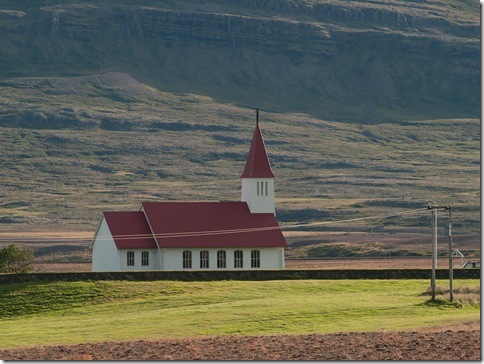
The default B/W conversion in Lightroom 3 appears to tweak the colour sliders to give an ‘optimum’ result. To provide a proper baseline I reset all the sliders to ‘0’ to give the following result:
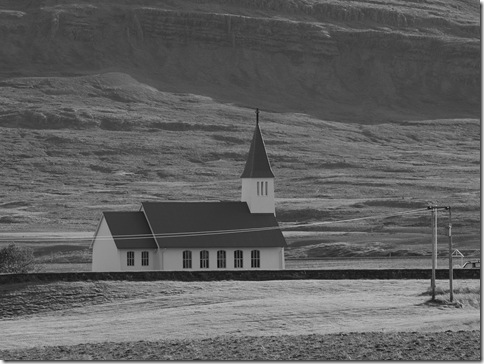
The exercise asks for one set of ‘opposite’ conversions, but given the range of colours in this image I did two sets.
Red and Yellow Sliders
The LH image has the red slider at a minimum and the yellow at max. The RH image has red at max and yellow at minimum – interestingly the green slider had little effect on the grassy area.
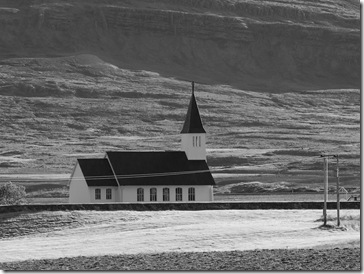
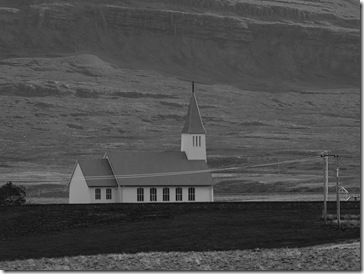
The changes darkening the red and lightening the yellow produce a very dramatic image, enhanced by the fact that the yellow tones on the hillside behind have also been lightened, increasing the contrast between the roof and the background. On the other hand, darkening the yellows has produced a very un-natural result, with little contrast between the roof and the background, and a strange black area in the foreground.
Red and Blue Sliders
Again, the LH image has the red slider set to minimum, this time with the blue slider at max, with the reverse in the RH image.
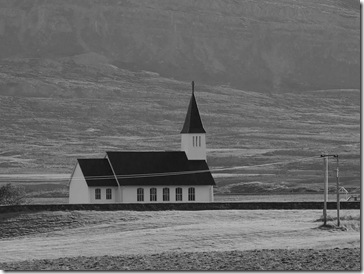
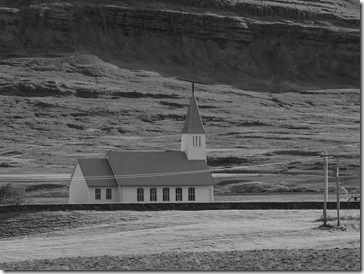
Once again the image with the red darkened is very dramatic, and lightening the blues has increased the apparent distance to the hillside beyond – a kind of enhanced aerial perspective effect - to produce a picture which emphasises the isolation of the church in the landscape in spite of the relatively tight crop. In the right hand image, darkening the blues has increased the detail and contrast in the hillside so that it rather dominates the picture, with the church becoming somewhat lost in the detail.
Some concluding thoughts
This exercise demonstrates a little of the range of creative options available when using coloured filtration in B/W photography. From my limited understanding I suspect that digital filtration is considerably more flexible than the use of real filters in this regard. For example, I can choose to darken a red with no impact on the tonality of the other colours, and in Lightroom at least there are 8 colour channels to adjust during the conversion process. I also find it interesting that the most effective of the four examples above (red min, blue max) is in many ways the one least like the original in terms of tonality.



No comments:
Post a Comment